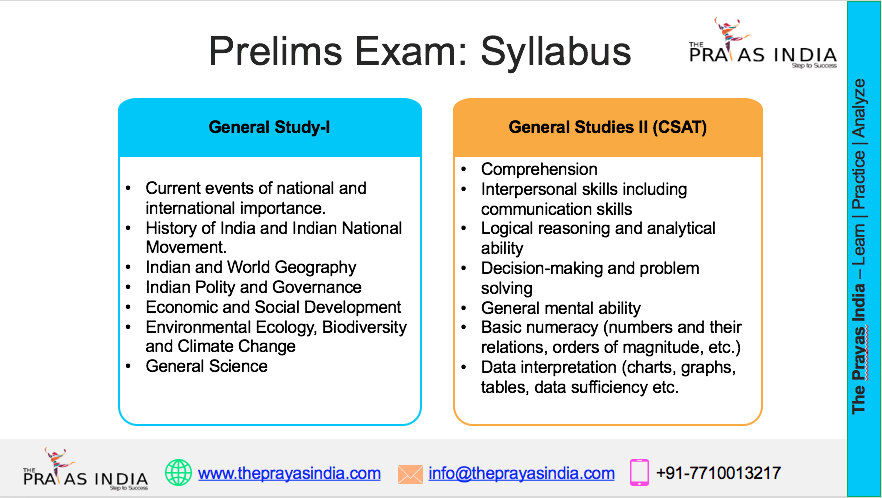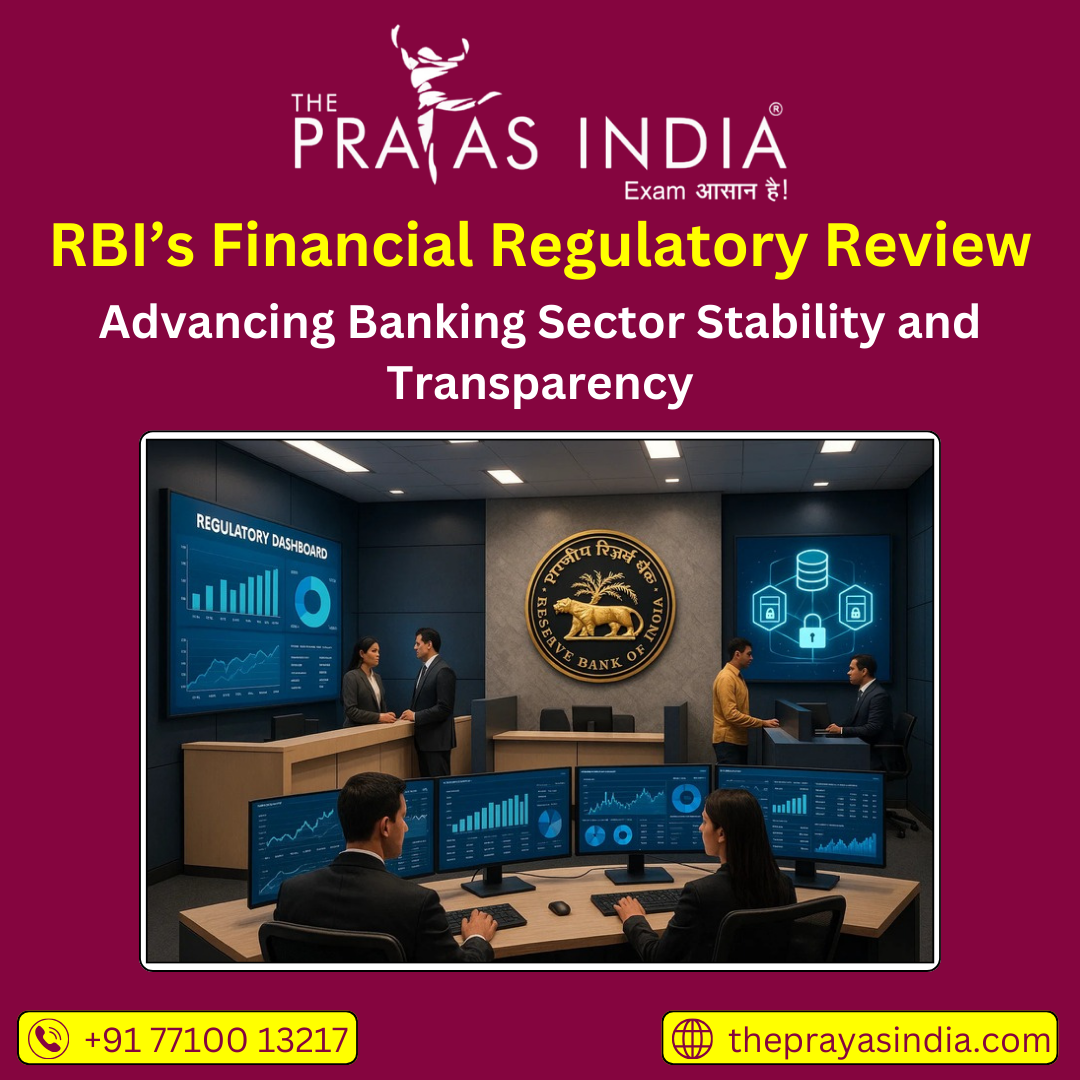Fiscal Support Call by Industry Leaders: Addressing Tariffs and Preventing India’s Middle-Income Trap
Introduction
India’s industrial leaders are raising their voices for urgent fiscal support from the government in light of recent U.S. tariffs on Indian goods. Veteran banker and industrialist Uday Kotak emphasized that without direct subsidies, liquidity infusion, and large-scale infrastructure investments, India risks slowing down its growth momentum and may even face the danger of slipping into the “middle-income trap.”
This call has been supported by several other business leaders who underline the urgent need for a strong industry–government partnership to strengthen India’s economic resilience.
Why Industry Leaders Are Concerned
The imposition of tariffs by the United States has created uncertainty for Indian exporters, especially in manufacturing, steel, textiles, and technology-driven sectors.
- Rising input costs and global supply chain disruptions have already increased pressure on Indian companies.
- Tariffs further reduce competitiveness, making it harder for Indian products to penetrate international markets.
- In the absence of fiscal support, industries fear reduced profitability, job losses, and slower innovation.
Suggested Fiscal Measures by Industry Leaders
Industry leaders have recommended a multi-pronged fiscal strategy:
- Direct Subsidies: Financial aid to exporters and MSMEs to offset tariff-related costs.
- Liquidity Boost: Easier credit flow, refinancing mechanisms, and reduced interest rates for industry survival.
- Infrastructure Investment: Accelerated spending on logistics, energy, and industrial corridors to cut costs and improve competitiveness.
- Policy Stability: Clear long-term trade and taxation policies to attract investment.
The Middle-Income Trap Concern
The middle-income trap refers to a situation where a country experiences rapid growth and reaches middle-income status but then struggles to move into the high-income bracket. This usually happens because:
- Productivity growth slows down.
- Innovation remains limited.
- Domestic consumption alone cannot drive high-income growth.
Uday Kotak and others argue that fiscal support is essential to prevent India from stalling at this stage and to ensure the country achieves its high-income economy goal by 2047.
Comparison: India’s Fiscal Response vs. Global Peers
| Country | Fiscal Measures to Counter Tariffs/Economic Slowdowns | Impact |
|---|---|---|
| India (Current) | Limited subsidies, selective PLI schemes, infrastructure push | Moderately effective but insufficient to counter global tariffs |
| China | Heavy subsidies to exporters, strong state-owned enterprise backing | Maintained competitiveness despite global trade barriers |
| South Korea | Focus on technology funding, R&D subsidies, free trade diversification | Rapid transition to high-income status |
| Vietnam | Incentives for foreign investors, tax breaks, trade partnerships | Became a strong alternative manufacturing hub |
| India (Proposed) | Direct subsidies, liquidity infusion, large-scale infrastructure drive | Expected to strengthen resilience and prevent middle-income trap |
Implications for UPSC Aspirants
For UPSC Civil Services Examination (CSE), this development connects with GS Paper 3 (Economy) and Essay Paper:
- Industry-Government Relations: Shows how policy support impacts industrial growth.
- Global Trade Issues: Reflects the vulnerability of emerging economies to global tariff barriers.
- Development Economics: Demonstrates strategies to avoid the middle-income trap.
- Policy-Making Insight: Highlights the role of fiscal policy in supporting private sector growth.
Conclusion
The call for fiscal support by Uday Kotak and other industry leaders is not just about overcoming U.S. tariffs—it is about ensuring that India does not stagnate in the middle-income zone. By providing direct subsidies, liquidity measures, and robust infrastructure, the government can reinforce economic resilience, strengthen industry confidence, and accelerate India’s journey toward becoming a high-income economy by 2047.




![Prayas-तेजस [UPSC CSE Sociology Optional] – Online & Offline](https://theprayasindia.com/wp-content/uploads/2025/09/Prayas-तेजस-UPSC-CSE-Optional-Subject-The-Prayas-India-300x300.png)
![Prayas-सूत्र [UPSC CSE Materials (Hardcopy)]](https://theprayasindia.com/wp-content/uploads/2025/09/Prayas-सूत्र-UPSC-CSE-Study-Materials-Hardcopy-The-Prayas-India-300x300.png)
![Prayas-मंत्रा [UPSC CSE CSAT]](https://theprayasindia.com/wp-content/uploads/2025/09/Prayas-मंत्रा-UPSC-CSE-CSAT-The-Prayas-India-300x300.png)
![Prayas सारथी [UPSC CSE One on One Mentorship]](https://theprayasindia.com/wp-content/uploads/2025/09/Prayas-सारथी-UPSC-CSE-One-on-One-Mentorship-The-Prayas-India-300x300.png)










